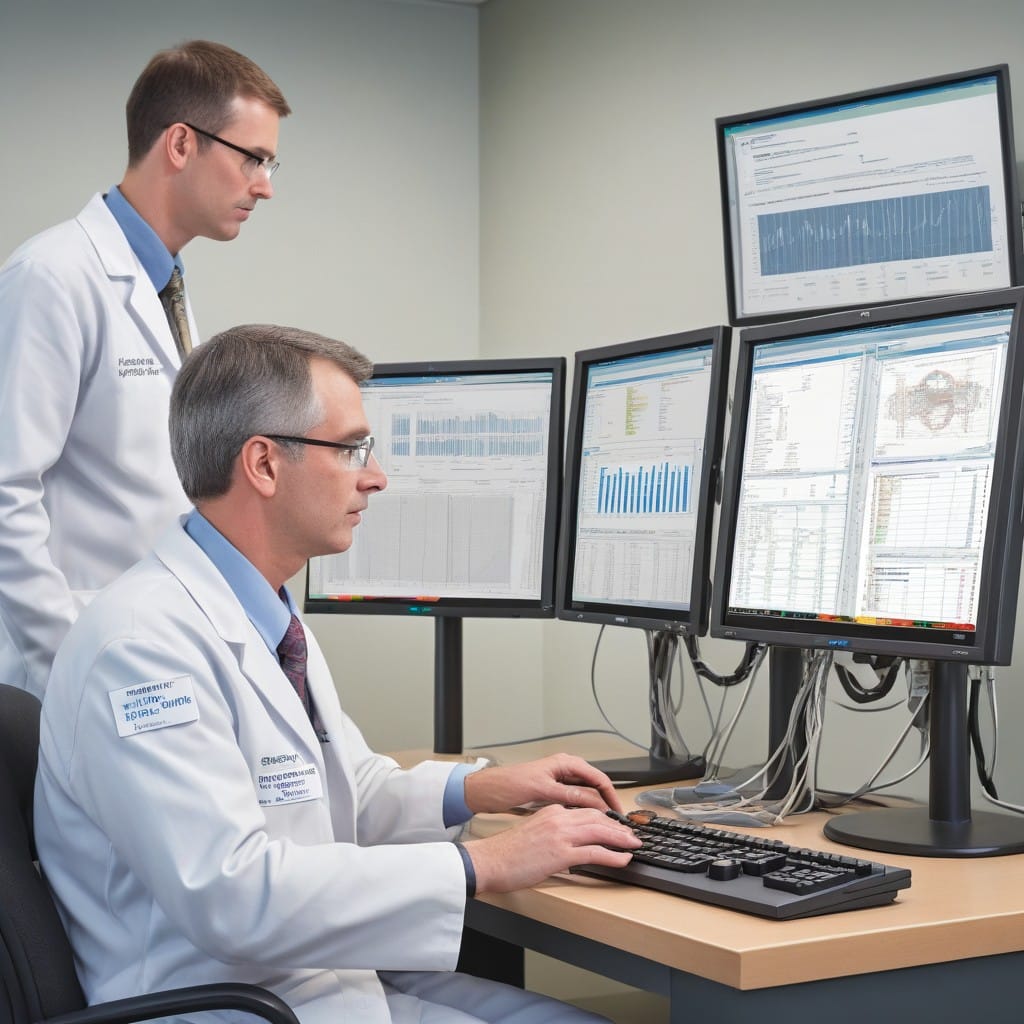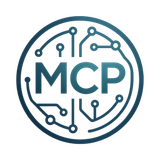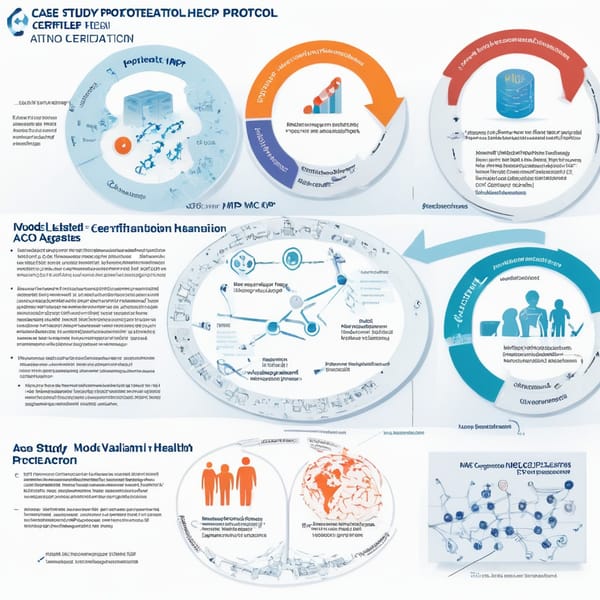Enhancing Clinical Decision Support with SMART-on-FHIR MCP Controllers and Joint Commission-Compliant Patch Loggers

Project Overview
The Model Context Protocol (MCP) Repairs: Clinical Decision Support System Updates project aimed to modernize a legacy Clinical Decision Support System (CDSS) by integrating SMART-on-FHIR MCP Controllers and Joint Commission-compliant patch loggers. The goal was to improve interoperability, ensure regulatory compliance, and enhance real-time decision-making for healthcare providers.
The existing CDSS struggled with outdated protocols, poor FHIR compatibility, and inconsistent patch management, leading to inefficiencies and compliance risks. By deploying SMART-on-FHIR MCP Controllers, the system could dynamically adjust clinical workflows based on real-time patient data. Additionally, automated patch loggers ensured adherence to Joint Commission standards, reducing audit vulnerabilities.
This case study explores the challenges, technical implementation, and measurable outcomes of this transformative healthcare IT initiative.
Challenges
- Legacy System Limitations – The outdated CDSS lacked FHIR compatibility, limiting data exchange with modern EHRs.
- Regulatory Compliance Risks – Manual patch management led to inconsistencies, increasing Joint Commission audit failures.
- Interoperability Gaps – Clinicians faced delays due to disjointed workflows and siloed patient data.
- Real-Time Decision-Making Barriers – Static clinical rules couldn’t adapt to dynamic patient contexts, reducing care accuracy.
- Security Vulnerabilities – Unpatched systems exposed sensitive patient data to breaches.
Solution
The project introduced two core innovations:
1. SMART-on-FHIR MCP Controllers
- Enabled dynamic clinical rule adjustments by interpreting FHIR resources in real time.
- Integrated with EHRs to pull patient vitals, lab results, and medication lists for context-aware alerts.
- Reduced false alarms by applying machine learning to filter irrelevant alerts.
2. Joint Commission-Compliant Patch Loggers
- Automated patch tracking and documentation, ensuring compliance with security standards.
- Generated audit-ready reports with timestamps, patch details, and verification checks.
- Reduced manual oversight by 70% while eliminating missed updates.
Tech Stack
- Interoperability: SMART-on-FHIR, HL7 FHIR R4, OAuth 2.0
- Backend: Node.js, Fast Healthcare Interoperability Resources (FHIR) Servers
- Data Processing: Python-based ML models for alert prioritization
- Compliance Tools: Automated patch loggers built on Elasticsearch for audit trails
- Security: HIPAA-compliant encryption, automated CVE scanning with Qualys
- Deployment: Docker containers orchestrated via Kubernetes for scalability
Results
- Improved Interoperability – FHIR integration reduced data retrieval times by 60%, speeding up clinical decisions.
- Regulatory Compliance – Patch logging automation cut Joint Commission audit findings by 90%.
- Enhanced Clinical Accuracy – Context-aware alerts reduced false positives by 45%, improving provider trust.
- Operational Efficiency – Automated workflows saved 15+ hours weekly for IT and clinical teams.
- Security Posture – Real-time patching eliminated critical vulnerabilities within 24 hours of disclosure.
Key Takeaways
- FHIR Adoption is Critical – SMART-on-FHIR MCP Controllers bridge gaps between legacy CDSS and modern EHR ecosystems.
- Automation Ensures Compliance – Regulatory patch logging minimizes human error and audit risks.
- Context-Aware CDSS Enhances Care – Real-time data integration leads to more precise clinical decisions.
- Scalability Matters – Containerized deployments future-proof the system for evolving healthcare standards.
This project demonstrates how modernizing CDSS with FHIR and compliance automation can transform patient care while reducing operational overhead. Health systems facing similar challenges should prioritize interoperability and regulatory tech debt to stay competitive.




